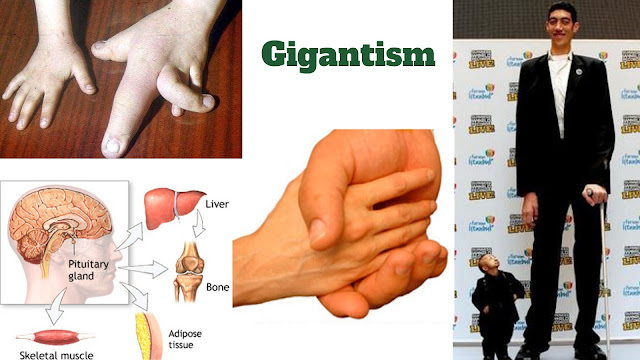Sesquizygotic Twinning: What No One Is Talking About
Multiple births are progressively basic due to the advancing normal time of mothers and the related ascent in helped regenerative techniques, specifically the utilization of fertility drugs. Twins represent over 90% of numerous births. Twins are usually categorized into two that is – identical (monozygotic) and fraternal (dizygotic). Monozygotic twinning results in genetically identical individuals, whereas dizygotic twins share approximately 50% of their DNA sequence identity, as do full siblings. Sesquizygosity is a third form of rare twinning — whereby twins are genetically identical to each other with respect to one parent but differ from each other by approximately 50% with respect to the composition of DNA inherited from the other parent. It probably arises after heterogoneic assortment of two paternal genomes and one maternal genome during the first postzygotic cleavage division. Genetically, sesquizygosis can be viewed as on a continuum among monozygosis and dizygosis.
It is likely the mother's egg was fertilised instantaneously by two of the father's sperm before separating. The twins were found through a routine pregnancy scan. The mother's ultrasound at six weeks demonstrated a single placenta and positioning of amniotic sacs that shown she was expecting identical twins. However, an ultrasound at 14 weeks displayed the twins were male and female, which is not possible for identical twins. Identical twins consequence when cells from a single egg fertilised by a single sperm divide into two, so identical twins are the same gender and share identical DNA. Fraternal twins arise when each twin progresses from a separate egg and the egg is fertilised by its own sperm. Those twins came to doctors' consideration in infancy after one was recognized with ambiguous genitalia. On examination of mixed chromosomes, doctors found the boy and girl were identical on their mother's side but shared around half of their paternal DNA. It is mainly unusual for sesquizygotic twins to be born since the egg employs blocking mechanisms to prevent more than one sperm from fertilising it. Additionally, if two sperms were to penetrate the egg, the subsequent embryo should not be viable.
The circumstance is accepted to arise when two sperm cells fertilise a single egg. In the most recent case, one sperm conveyed an X chromosome among its genetic material, and the other conveyed a Y chromosome. After fertilisation the chromosomes from the two sperm cells and the single egg got packaged into three “genetic packages”: one contained chromosomes from both sperm – which means it contained two sets of genetic material from the father, however none from the mother. The other two packages each contained a similar set of chromosomes from the mother, as well as genetic material from one of the two sperm, giving rise to either XX (female) or XY (male) cells. As the fertilised egg separated and the ball of cells produced, those containing only chromosomes from the two sperm died. However, those containing chromosomes from both the egg and a sperm cell continued to divide. It is extremely rare so no one could think it is something individuals should be routinely tested for or worried about.



Comments
Post a Comment